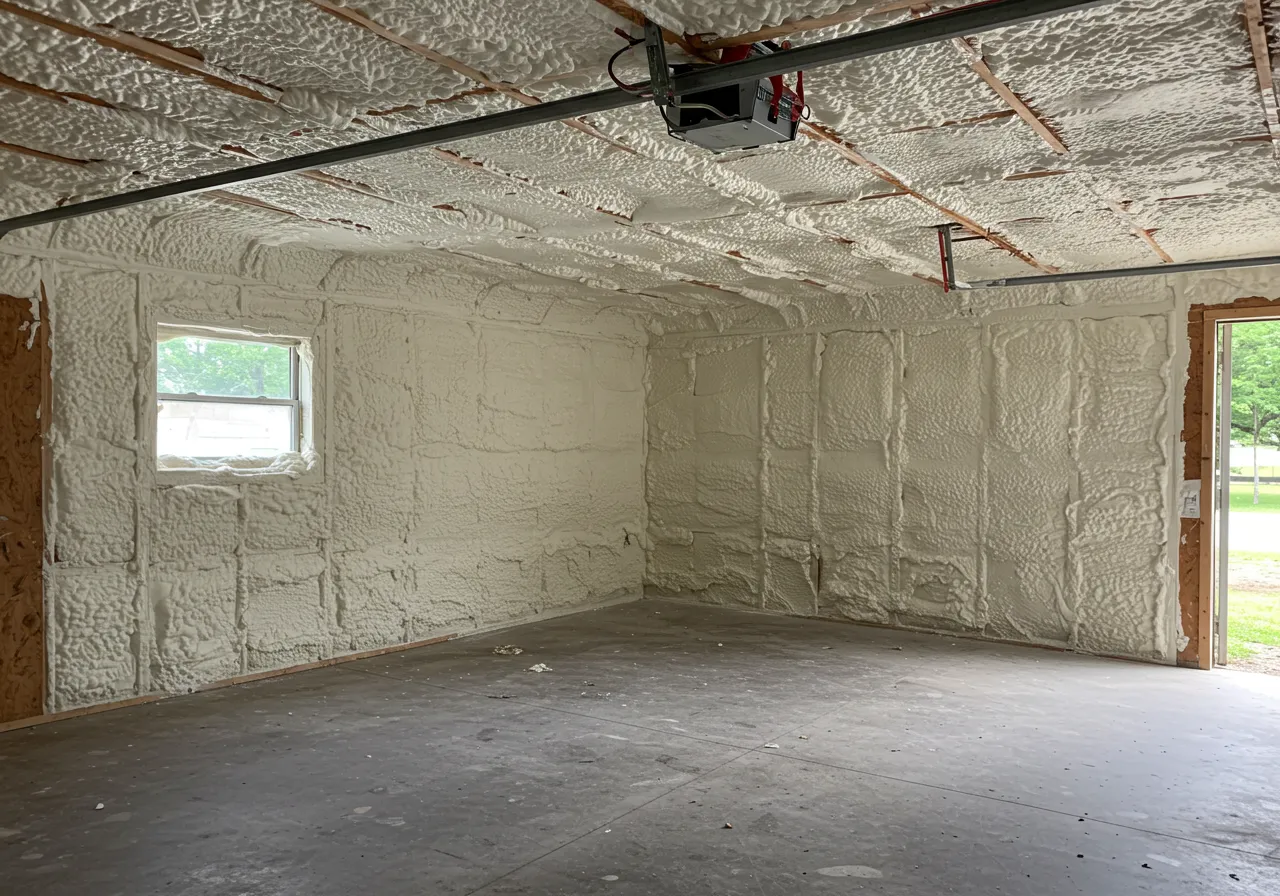
A well-insulated garage improves energy efficiency, regulates indoor temperatures, and reduces noise. Without proper insulation, garages become heat traps in summer and ice-cold spaces in winter, impacting comfort and energy costs. With advancements in materials and installation methods, homeowners have more effective insulation choices than ever.
Garage insulation comes in various forms, each with distinct advantages. Choosing the right one depends on climate, budget, and intended garage use.
Spray foam is one of the most effective options, providing a superior air seal and high R-value per inch. It expands to fill gaps, preventing air leaks and moisture intrusion. There are two primary types:
Fiberglass batts are widely used due to their affordability and availability. They fit between wall studs and ceiling joists, providing moderate thermal resistance. However, they require a vapor barrier to prevent moisture buildup and may not be as effective at sealing gaps as spray foam.
Rigid foam boards offer high R-values and moisture resistance. They are commonly used on garage doors and walls where space is limited. Types include:
Reflective insulation is effective in hot climates, reducing heat transfer by reflecting radiant energy. It is commonly installed on garage doors and ceilings to minimize heat gain.
Made from recycled materials, cellulose is an eco-friendly option applied as loose-fill or dense-packed insulation. It provides good thermal resistance but may settle over time, reducing effectiveness.
Selecting the best insulation depends on factors like climate, intended use, and installation requirements.
Professional installation ensures maximum effectiveness, but some materials are suitable for DIY projects.
Insulation works best when paired with additional energy-saving measures.
Air leaks around doors, windows, and electrical outlets undermine insulation effectiveness. Applying caulk and weatherstripping reduces energy loss.
Standard garage doors allow heat and cold to pass through easily. Upgrading to an insulated model enhances overall efficiency.
Proper airflow prevents moisture buildup and maintains air quality. Installing vents or an exhaust fan helps regulate temperature and humidity.
Selecting the right insulation for your garage requires an understanding of materials, installation techniques, and climate conditions. A professional spray foam contractor can assess your space and recommend the most effective solution.
For expert guidance and quality installation, contact D&D Insulation LLC at (903) 389-5705 or email [email protected].
Closed-cell spray foam provides the highest R-value and excellent moisture resistance, making it ideal for both hot and cold climates.
Costs vary by material and size, but spray foam insulation typically ranges from $1.50 to $5 per square foot, while fiberglass batts are more affordable at $0.30 to $1 per square foot.
Fiberglass batts, rigid foam boards, and radiant barriers are suitable for DIY installation, but spray foam and blown-in cellulose require professional application.
Yes, proper insulation minimizes temperature fluctuations, reducing heating and cooling costs for both the garage and adjacent living spaces.
Spray foam insulation can last over 50 years, while fiberglass and cellulose have a lifespan of 20–30 years with proper maintenance.
Yes, materials like open-cell spray foam and fiberglass batts absorb sound, reducing noise transmission between the garage and home.
For walls, an R-value of R-13 to R-21 is typical, while ceilings and attics benefit from R-30 to R-60 depending on climate.
Yes, an insulated garage door helps maintain consistent temperatures and improves energy efficiency, especially in extreme climates.
Open-cell spray foam is softer, offering soundproofing benefits, while closed-cell is denser, providing superior thermal resistance and moisture protection.
Using moisture-resistant insulation, sealing air leaks, and adding ventilation help control humidity levels and prevent mold growth.